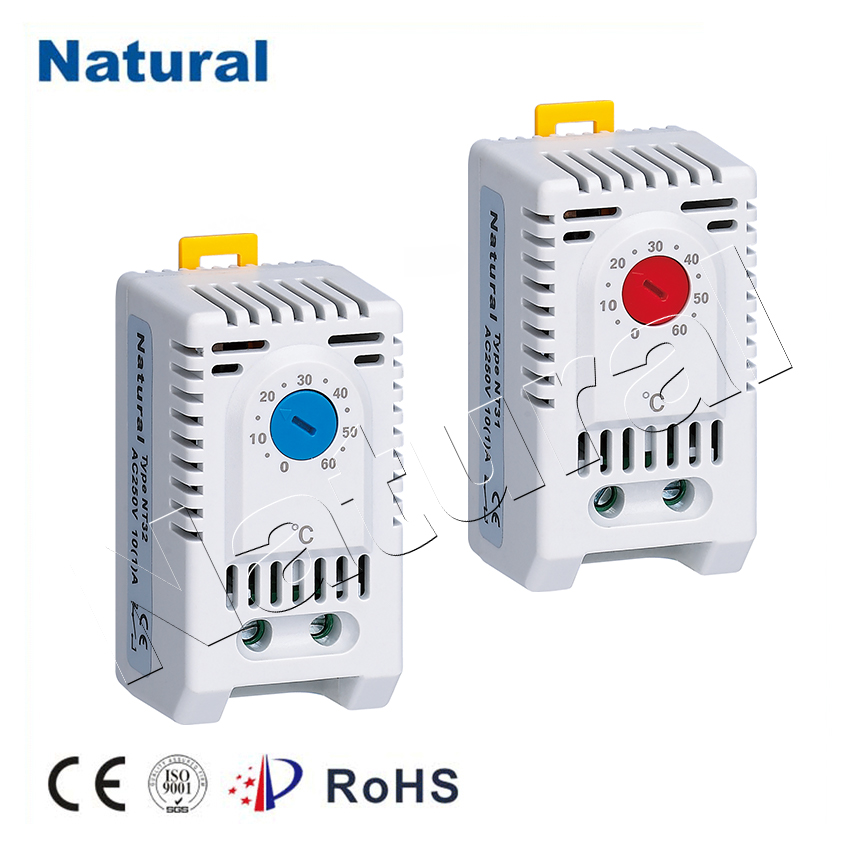Introduction

DIN rail thermostats, a crucial component in modern industrial and residential heating systems, have gained widespread recognition for their efficiency and versatility. These compact devices play a pivotal role in maintaining temperature control, ensuring comfort, energy conservation, and equipment protection. In this article, we will delve into the world of DIN rail thermostats, examining their key features, applications, and benefits. Understanding DIN Rail Thermostats DIN rail thermostats are temperature control devices specifically designed to be mounted on DIN rails, commonly found in control panels and electrical enclosures. Their modular design and easy installation make them a popular choice for various industries, including manufacturing, HVAC (Heating, Ventilation, and Air Conditioning), and home automation. Key Features Compact Design: DIN rail thermostats are compact and space-efficient, making them suitable for applications with limited room. User-Friendly Interface: They often come equipped with intuitive interfaces and digital displays, allowing users to set and monitor temperature parameters effortlessly. Reliable Temperature Control: These thermostats offer precise and stable temperature control, ensuring optimal performance and efficiency. Wide Temperature Range: DIN rail thermostats are available in a wide temperature range, making them adaptable to both heating and cooling applications. Applications Industrial Automation: DIN rail thermostats are commonly used in industrial processes to regulate temperatures in machinery and equipment, preventing overheating and ensuring safe operation. HVAC Systems: They play a crucial role in HVAC systems, maintaining comfortable temperatures in commercial buildings, offices, and residential spaces. Greenhouses: In agriculture, DIN rail thermostats help control the climate in greenhouses, ensuring optimal conditions for plant growth. Energy Management: These thermostats are essential in energy management systems, helping to conserve energy by optimizing heating and cooling cycles. Benefits Energy Efficiency: DIN rail thermostats help reduce energy consumption by maintaining temperatures within predefined limits, preventing unnecessary heating or cooling. Cost Savings: Lower energy consumption translates to reduced operating costs, making DIN rail thermostats a cost-effective choice for businesses and homeowners. Enhanced Equipment Lifespan: By preventing overheating or extreme cold, these thermostats extend the lifespan of machinery and equipment. Customization: Many DIN rail thermostats offer programmable features, allowing users to create custom temperature profiles to suit specific needs. Remote Monitoring: Some advanced models can be integrated into automation systems, enabling remote monitoring and control via smartphones or computers. Conclusion DIN rail thermostats have become indispensable components in various industries, offering precise temperature control, energy efficiency, and ease of installation. Their versatility and adaptability make them an ideal choice for applications ranging from industrial automation to residential heating and cooling systems. As technology continues to advance, we can expect even more innovative features and capabilities from these essential temperature control devices.